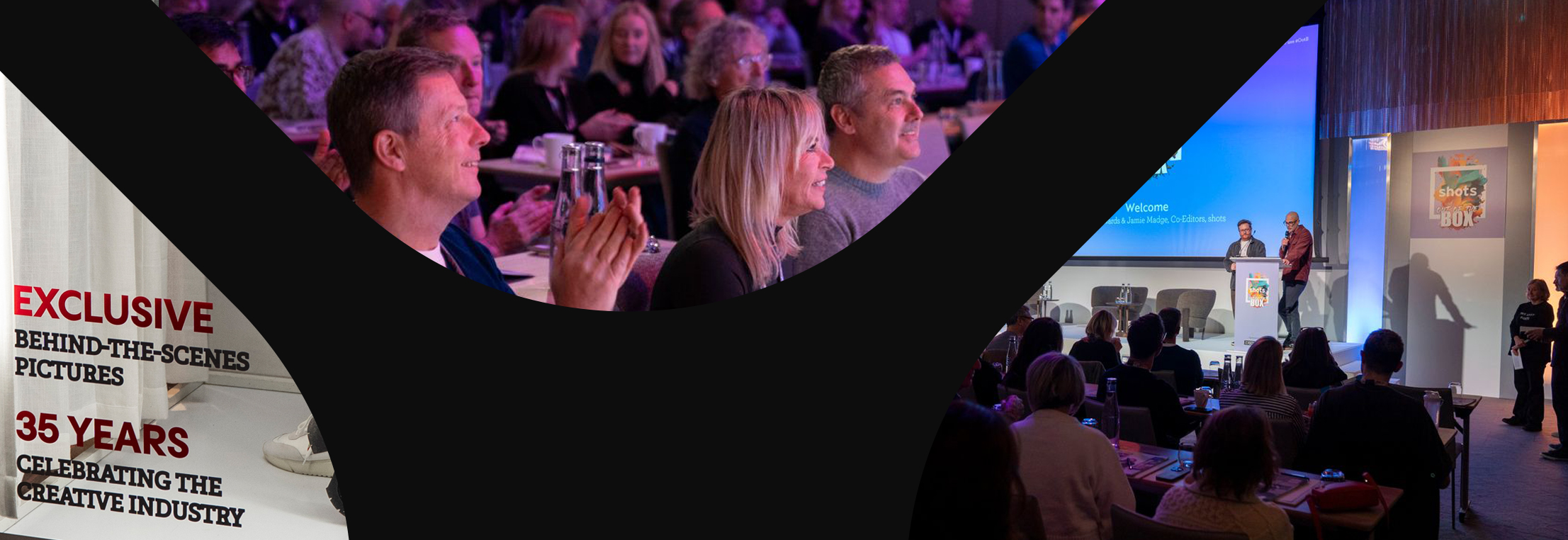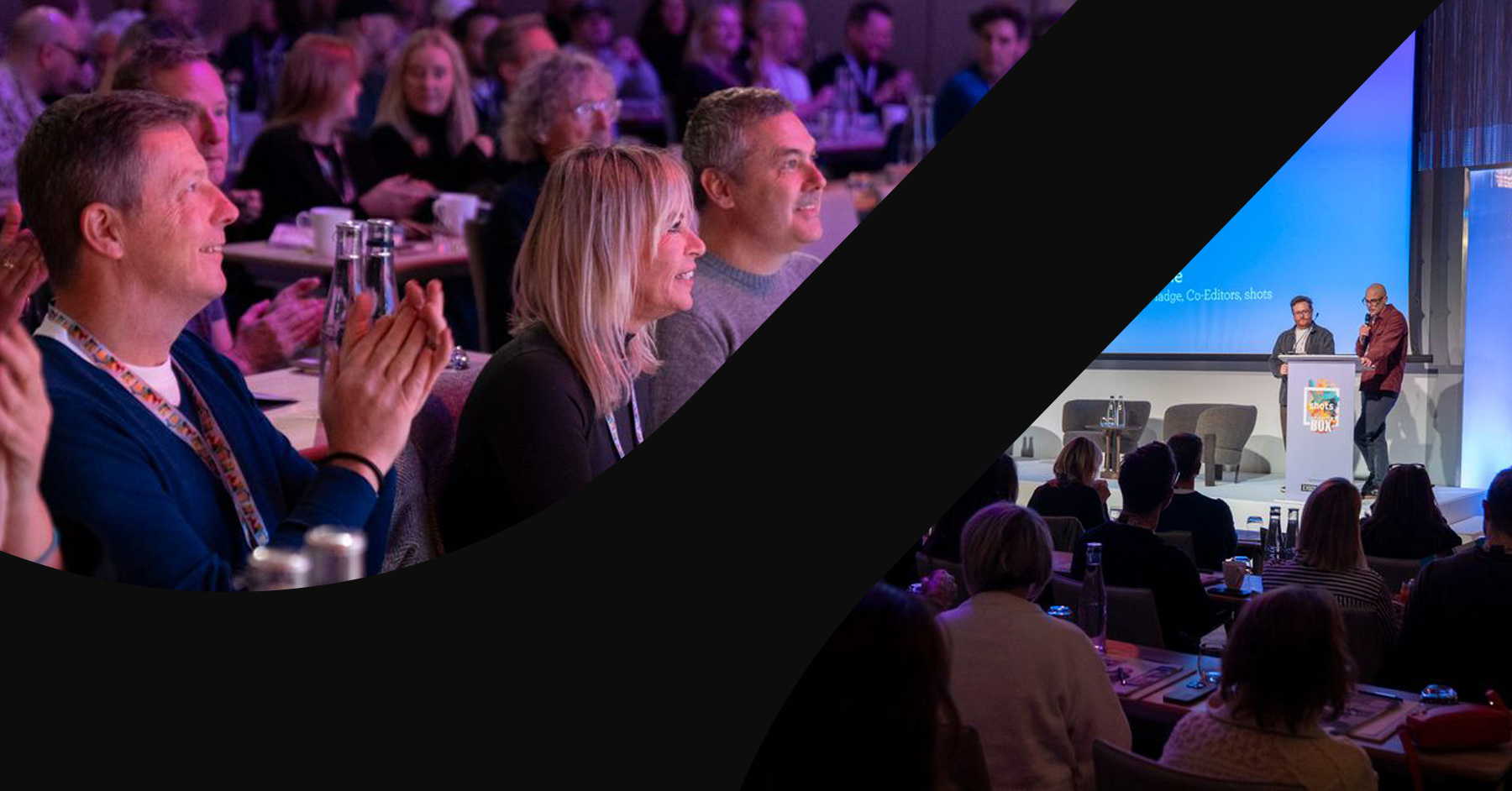Game On: A look at Brand Marketing and Sports
FIFA’s international World Cup is set to kick off in Qatar on November 20, while football fans—and marketers—are already gearing up for Super Bowl LVII that will be played in Arizona this February. Meanwhile, as more games move from broadcast television to streaming networks, sports enthusiasts around the world are changing the way they watch their favorite teams compete. Amazon, for example, started airing Thursday Night Football earlier this year, with plans to add another NFL game to its roster the day after Thanksgiving. Here’s a look at how brands are connecting with fans this season.
Fans Go Wild
In what may be a taste of advertising from the future, Procter & Gamble’s Gillette brand debuted its first “mixed-reality” national TV spot on October 24, during a Monday night NFL game between the Chicago Bears and the New England Patriots. Gillette Stadium in Foxboro, Massachusetts, was fittingly transformed into GilletteLabs Stadium for fans viewing the broadcast from home, after mascot Pat the Patriot flipped a giant switch, bathing the field in the brand’s signature neon green color. An enormous (digital) Gillette razor then appeared on the pitch itself (unfortunately not visible to spectators in the stands), as part of the company’s effort to promote its Exfoliating Bar product. Such activations are becoming more popular as consumers return in larger numbers to real-world venues and marketers experiment with everything from 3D billboards to logos revealed from exploding fireworks in an effort to draw and hold customers’ attention. “[The mixed reality commercial] is a way for us to showcase how GilletteLabs is truly at the forefront of innovation and technology for men’s grooming, not only with our products, but also with our marketing efforts,” said John Claughton, Gillette VP.
In a similar vein, ticketing platform SeatGeek recently unveiled its first national ad campaign made about fans, for fans. Two separate 30-second spots introduce a pair of “superfan” archetypes: the woman who uses inflatable “boomsticks” to rile up nearby spectators, and the man who high-fives both friends and strangers when happy with a play his team made. At its core, SeatGeek hopes to drive home this important message: they’ll handle the logistics of procuring tickets so consumers can attend matches or games and let their fan flags fly. “A live event without fans just wouldn’t be the same,” said Sarah Kettler, VP of brand marketing. “No chanting, no singing along, no looks of wonder—in many ways, no magic. For too many years, fans have been treated like a transaction, rather than the unsung heroes they are. SeatGeek is on a mission to change that.” Spots will appear on both linear and CTV platforms, along with various social sites.
Athletes Win Big
An important development occurred last year in the world of college sports, when the National Collegiate Athletic Association (NCAA) finally made it legal for student athletes to enter into marketing agreements using their name, image or likeness—aka, NIL—in exchange for compensation. Prior to this July 2021 ruling, most college athletes were banned from doing paid endorsements, but NIL partnerships are now changing the game for both players and brands. Case in point: Outback Steakhouse, which called on college football players for its latest “Steak it to the House” campaign. The national restaurant chain has now partnered with over 80 athletes in 38 schools, forging important connections that let players participate in various promotions throughout the year. Outback Steakhouse recruited two top football stars (Elon University defensive lineman Joe Seaton and University of Michigan wide receiver AJ Henning) to help spread word about the activation via original TikTok content.
Additional brands are likewise leaping at the chance to work with college sports stars, like candy maker Reese’s. Last month, the peanut-butter cup maker playfully recruited 12 football players with the last name “Reese” as part of the Hershey Co. brand’s first NIL deal, which fittingly occurred a few weeks before Halloween. Ditto for Dexcom, creators of a glucose-monitoring device for people with diabetes. The healthcare brand is among the latest to jump on the NIL bandwagon, joining restaurant groups, deodorant companies and makers of athletic gear. By partnering with 14 college athletes who have Type 1 diabetes, Dexcom hopes to share educational resources for parents, teachers, coaches and teammates while providing students with a platform for swapping stories.
Equity in Sports
Finally, a new campaign from Michelob Ultra promotes equality in the world of sports by telling the story of Kathrine Switzer, the first woman to complete the Boston Marathon in 1967. Prior to that time, women weren’t allowed to compete in professional marathons. A 60-second hero film depicts a shocking moment during the race, when a marathon manager assaulted Switzer, tried to remove her bib number and prohibit her from finishing the course. The imagined black-and-white recreation then turns to real color footage of her victory, as Switzer’s own voiceover says, “If I kept going, my last step in this race would become the first step for millions.” Timing of the initiative coincided with this year’s TCS New York City Marathon, and the spot promotes the Michelob Ultra Run Fund that gives women and nonbinary runners a chance to win a bib for the 2023 NYC race. “Women have only been running competitively for the last 50 years, which is why it is so important for brands like Michelob Ultra to continue to take action and advocate for equality in sports,” said Switzer.
From giant-sized razors that seemingly materialize out of thin air, to ecstatic fans happy to be back in stadiums, to NIL players and women athletes finally getting the compensation and recognition they deserve, there’s rarely a dull moment in sports. And brand marketing follows suit, with innovative campaigns and activations that engage viewers.



